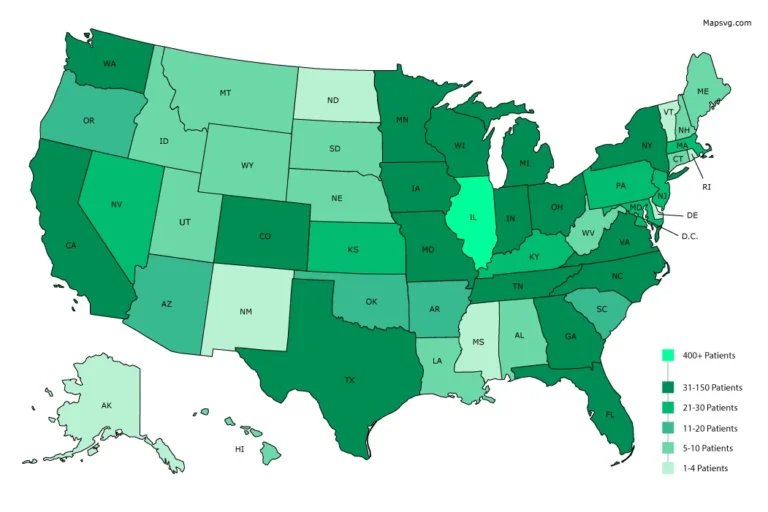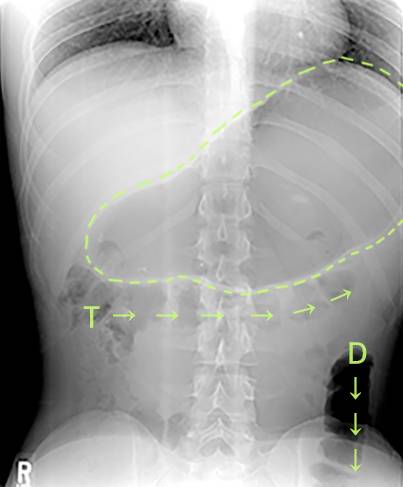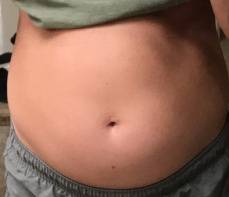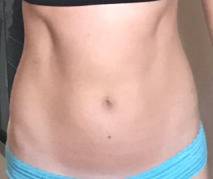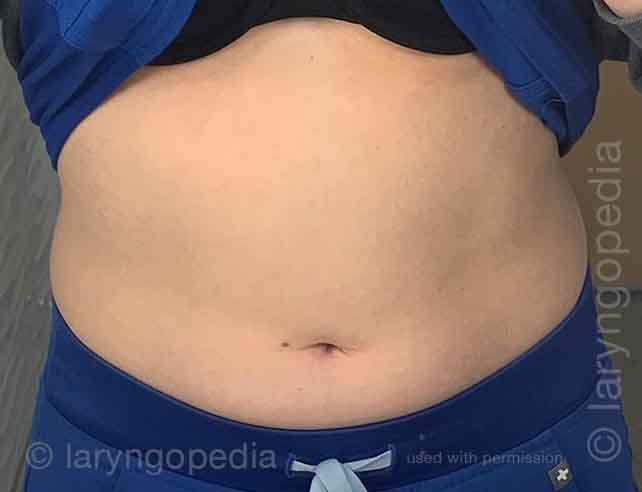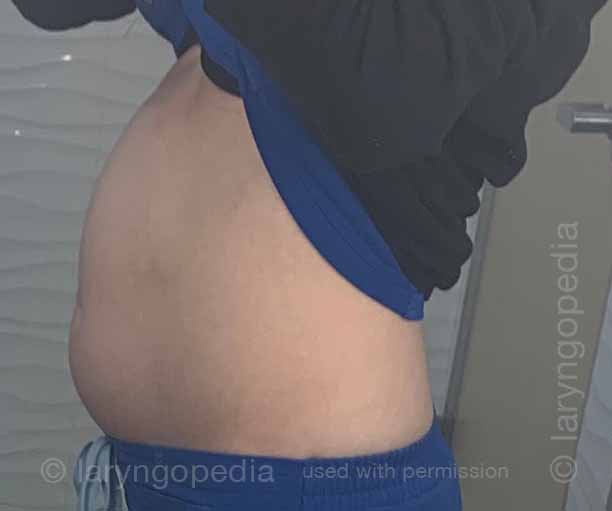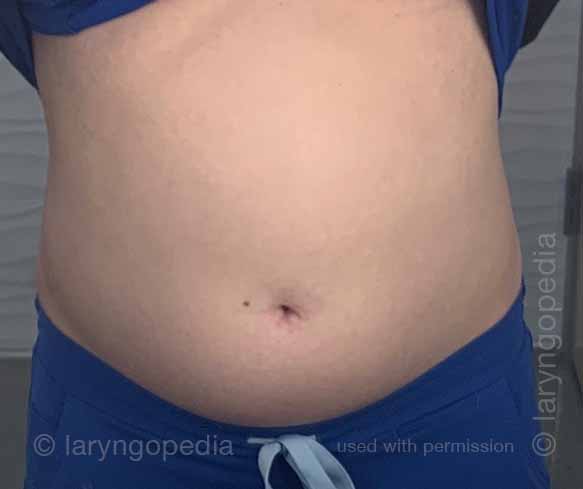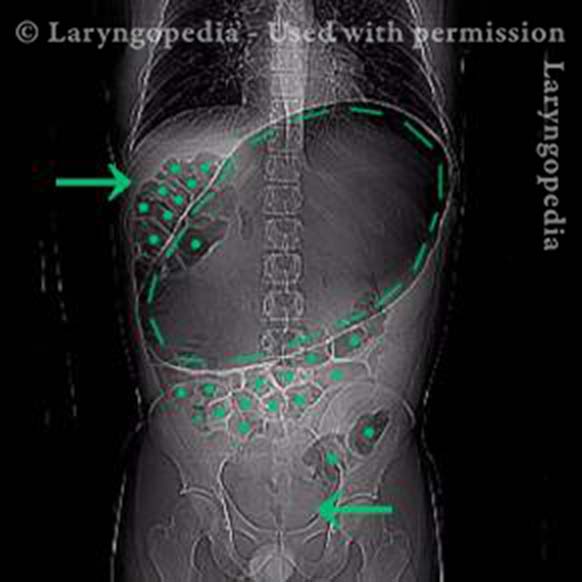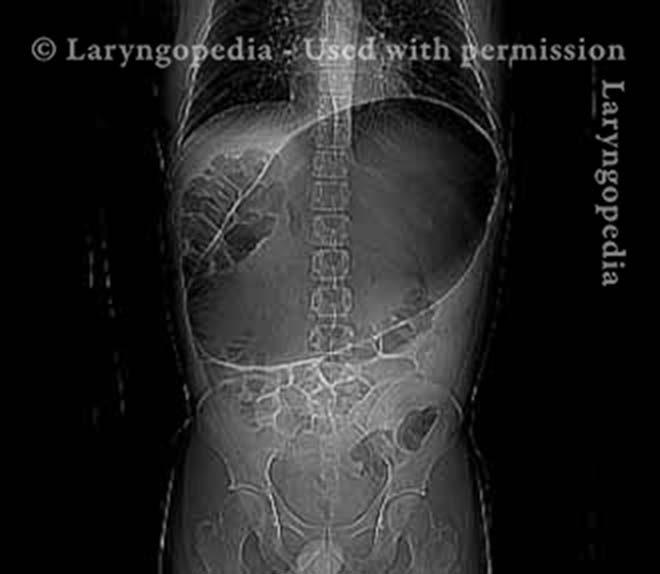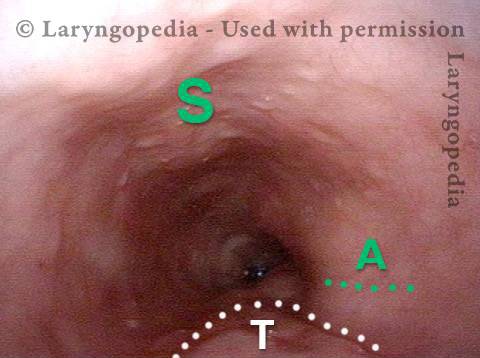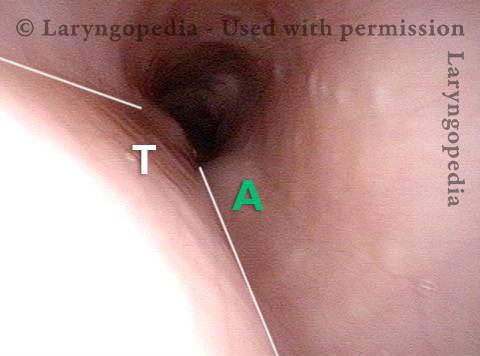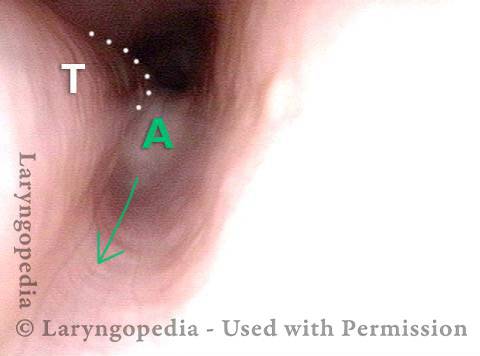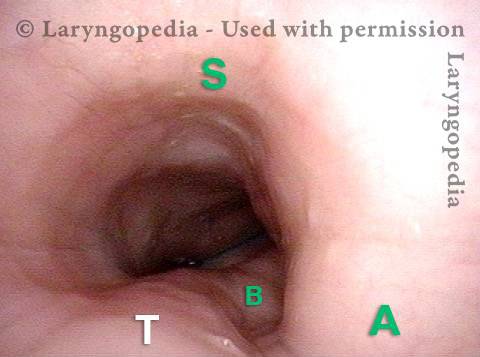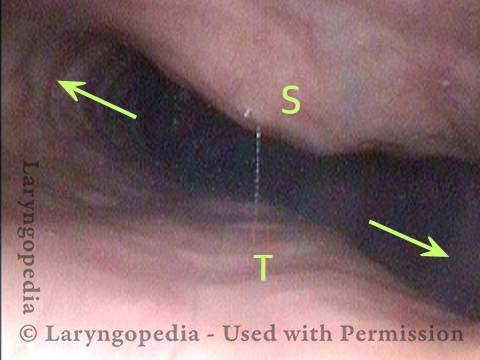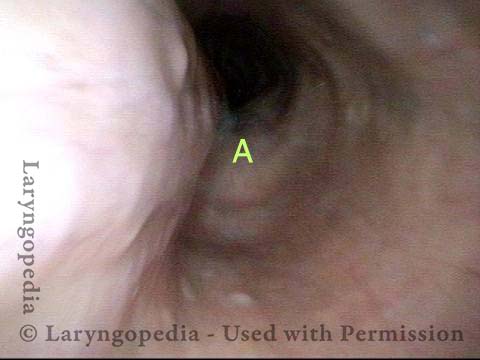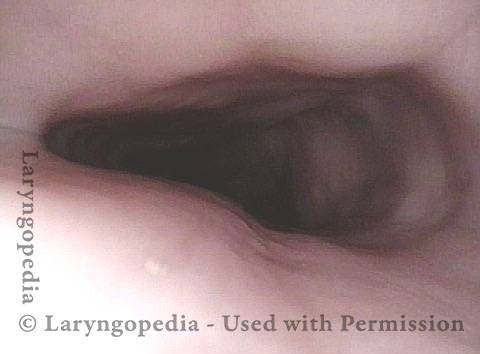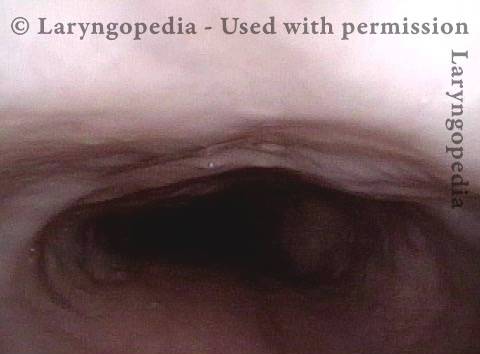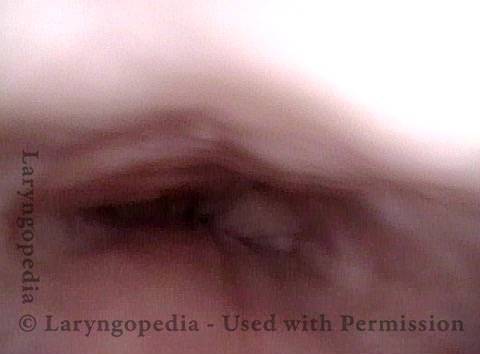Can’t Burp? Here Are the Symptoms of R-CPD
There is a group of people whose inability to burp causes severe daily distress. They are left without a solution (or even explanation) in spite of many doctor visits. Recently a major cause of inability to burp, retrograde cricopharyngeus dysfunction (R-CPD) has been codified for diagnosis and treatment.*
*A constellation of key symptoms powerfully “makes” the initial diagnosis. Patients can often “make” the tentative diagnosis by matching themselves to this clear syndrome of R-CPD.
The Big Four Symptoms of R-CPD that Provide Virtually 100% Accuracy in Diagnosis
- Inability to burp. This is almost always, but not exclusively “lifelong,” though persons may not recognize this as a “problem” or “difference from others” until early childhood or teenage years.
- Socially awkward gurgling noises. These noises can be mostly quiet and “internal,” but more often are loud enough to be embarrassing. Mouth opening makes them louder. Almost everyone says they are easily heard several feet away; not infrequently “all the way to the door.” They engender social anxiety in most persons with R-CPD, causing some to avoid eating or drinking for hours before social occasions and even during them. Carbonation makes them much worse and is to be avoided at all costs. Some more colorful patient descriptions: Symphony of gurgles; Croaking frogs; Creaking floorboards; Dinosaur sounds; Strangled whale
- Bloating/pressure. Most common location is high central abdomen. Distention is common, especially later in the day. Using pregnancy as an analogy even in men, the usual degree of distention is described as “3 or 4 months.” “Six months” is not rare, and one slender young man was “full term.” Almost as often as abdominal distress, patients describe chest pressure, and for some that is the worst symptom. Some have pressure in the low neck. While “pressure” is the frequent descriptor, some experience occasional sharp pain in abdomen, back, or between shoulder blades. Some have to lie down after eating to find some relief.
- Flatulence. Routinely, this is described as “major,” or even “ridiculous.” Flatulence increases as the day progresses, and many experience it into the night. When around others, some scan their surroundings at all times for a place they can go briefly to pass gas. Understandably, the social ramifications of this problem can also be major.
Common but Less Universal R-CPD Symptoms or Effects
- Nausea, especially after eating larger than normal amounts or drinking carbonated beverages.
- Painful hiccups, again more commonly after eating.
- Shortness of breath. A person can be so full of air that athletics, or even ability to climb stairs, etc. are impaired.
- Hypersalivation when symptoms of bloating are major.
- Inability to vomit. A few simply cannot vomit; more often it is possible but only after strenuous retching. Vomiting (spontaneous or self-induced) always begins with a very loud noise and major release of air in a phenomenon we call “air vomiting.” Emetophobia can be major.
- Anxiety and social inhibition. This can be MAJOR due to gurgling, flatulence, and discomfort.
- (Still under evaluation): The question is whether the descending colon dilates over time if flatulence cannot be responded to, so that muscular effectiveness is diminished.
Table of Contents

Can’t Burp? This May Explain Why
You may have R-CPD or retrograde cricopharyngeus dysfunction. In this condition, the upper esophageal sphincter (cricopharyngeus muscle) works normally from above to permit swallowing, but it refuses to relax from below to let air be belched out.
Teleconversation with Dr Bastian
Still have questions? Schedule a call with Dr. Bastian via Zoom.Abdominal Distention of R-CPD
Gastric Air Bubble (1 of 3)
Gastric Air Bubble (1 of 3)
Bloated Abdomen (2 of 3)
Bloated Abdomen (2 of 3)
Non-bloated Abdomen (3 of 3)
Non-bloated Abdomen (3 of 3)
Can’t Burp: Progression of Bloating and Abdominal Distention
A Daily Cycle for Many with R-CPD
This young woman has classic R-CPD symptoms—the can’t burp syndrome. Early in the day, her symptoms are least, and abdomen at “baseline” because she has “deflated” via flatulence through the night. In this series you see the difference in her abdominal distention between early and late in the day. The xray images show the remarkable amount of air retained that explains her bloating and distention. Her progression is quite typical; some with R-CPD distend even more than shown here especially after eating a large meal or consuming anything carbonated.
Side view of a bloated abdomen (1 of 6)
Side view of a bloated abdomen (1 of 6)
Front view (2 of 6)
Front view (2 of 6)
Greater Distention (3 of 6)
Greater Distention (3 of 6)
Front view of bloating stomach (4 of 6)
Front view of bloating stomach (4 of 6)
X-ray of trapped air (5 of 6)
X-ray of trapped air (5 of 6)
Side view (6 of 6)
Side view (6 of 6)
Shortness of Breath Caused by No-Burp (R-CPD)
Persons who can’t burp and have the full-blown R-CPD syndrome often say that when the bloating and distention are particularly bad—and especially when they have a sense of chest pressure, they also have a feeling of shortness of breath. They’ll say, for example, “I’m a [singer, or runner, or cyclist or _____], but my ability is so diminished by R-CPD. If I’m competing or performing I can’t eat or drink for 6 hours beforehand.” Some even say that they can’t complete a yawn when symptoms are particularly bad. The xrays below explain how inability to burp can cause shortness of breath.

